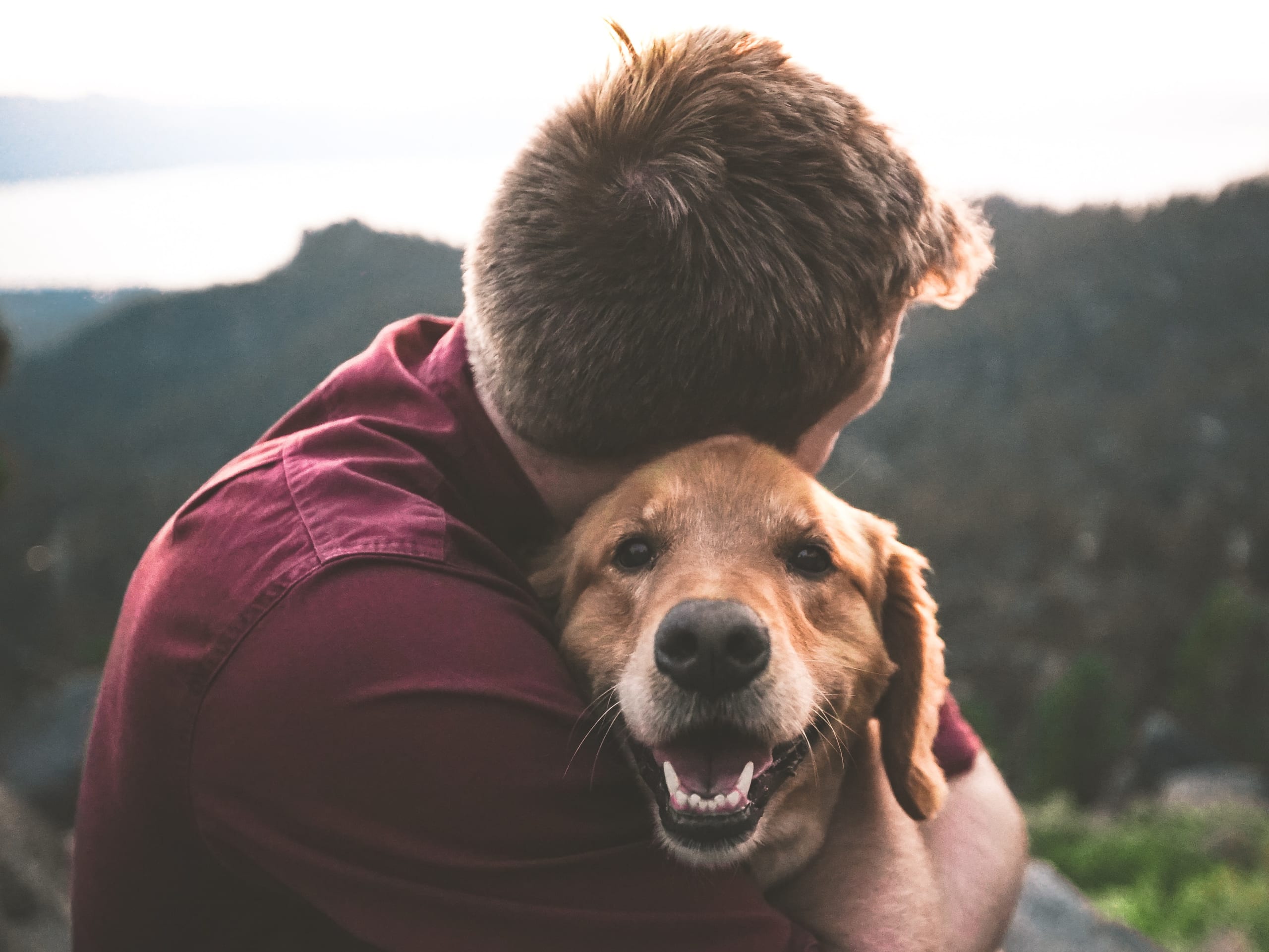Looking for advice on how to train your shelter dog or new puppy? Embark spoke with Carrie Weber of Good Dog Training to learn more about dog behavior and how DNA testing can help you and your trainer better assist your pup. Whether you have a puppy that’s still learning their manners or a senior dog that can’t break some less desirable habits, Weber has plenty of tips to share.
Why dog training is important
Training has a number of benefits for you and your dog, even if they’re naturally well-behaved. “Training fosters better communication and understanding between dogs and their people,” Carrie says. By teaching your dog how to listen and follow your lead, you’ll see a huge difference in the quality of life with your pup. Training can also provide a good outlet for energetic and intelligent dogs. It’s not just important to exercise your dog physically—their mind needs a workout, too. Not to mention teaching your dog is a great way to bond besides playtime and snuggles.
Using breed and temperament to develop a training plan
When it comes to training a specific dog, Carrie says she first studies their temperament before determining a course of action. Carrie trains within a general system called Marker Training that begins with positive reinforcement. This can take the form of food, toys, and affection. While every dog is unique, regardless of breed, Carrie notes that “different dogs are differently motivated, so training will inevitably reflect that. For instance, Labrador Retrievers tend to be extremely food-motivated and relatively eager to please.” Once a pup’s breed has been determined through an Embark Dog DNA Test, the results could help your trainer decide on a plan for your dog.
Common concerns: impulse control, potty training, and more
Many of Carrie’s clients go to her because they want their dog to express more acceptable behaviors. “My clients are mostly people who just want their pet dogs to be well-mannered companions,” she says. “I have worked with clients whose dogs have more severe behavioral issues such as aggression, reactivity, and anxiety. However, the most common behaviors people are looking to address in training deal with behaviors when a guest arrives… whether it’s a dog who jumps on people while they’re walking in or gets overwhelmingly excited. This one is especially common with younger dogs who lack impulse control.”
Other common concerns include attention-seeking behaviors such as pawing, jumping, whining, play-biting, or stealing items from around the house to illicit a chase. Some clients have requests for Carrie as simple as helping them motivate their pup to come when called or teaching impulse control.
Many of the clients at Good Dog Training are also looking for ways to potty train their puppies. Carrie mentions that one of the biggest mistakes people make with potty training is allowing their dog too much freedom to wander. Supervision is key. Whenever you can’t keep your eyes on your pup, they should be crated. Always assume that if they have the chance to sneak off and go potty when you’re not looking, they will.
An extra piece of advice Carrie gives to all her clients is to get your dog used to wearing a leash around the house. It may seem unnecessary at first, but it gives you more control over your dog’s behavior. “When dogs jump on us, they want our attention and physical contact from us, so if we push them down with our hands, we are giving them some of what they want,” she adds. Being able to hold a leash instead is much more effective.
How dog DNA test results can inform training
Carrie believes that a dog DNA test can help when it comes to training your pet. A recent client at Good Dog Training had a pup with nocturnal tendencies. The client mentioned the dog’s breed, a Great Pyrenees, and Carrie explained that the Pyrenees was bred to guard livestock, so its natural instinct is to stay awake as a watchdog overnight. This trait could have been a contributing factor to the pup’s status as a night owl. Carrie mentions another client who adopted a dog whose breed mix included Belgian Malinois, a working breed. “These dogs are bred to work,” she emphasizes. “They’re highly intelligent and extremely energetic, and if they’re not given proper physical and mental stimulation, they can become neurotic and anxious.” Knowing this, Carrie’s client began training very early on.
Give your dog their best life with Embark. We test for 270+ genetic health risks and 400+ breeds, so you’ll know everything about your most loyal friend.















